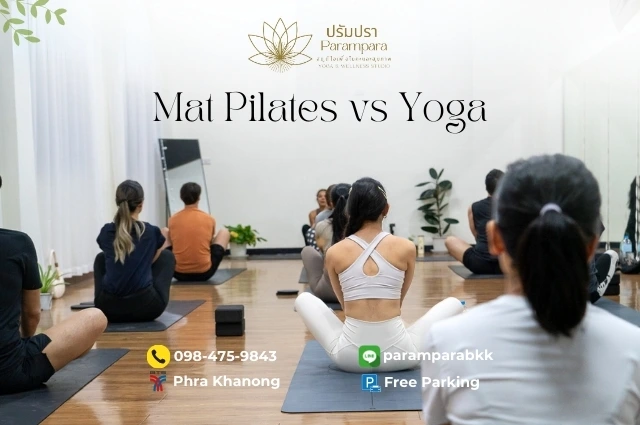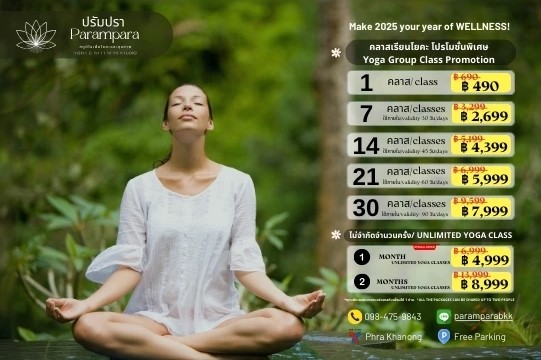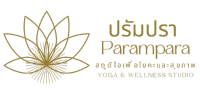Mat Pilates vs Yoga: Choosing the Right Exercise is a common dilemma for fitness enthusiasts. Both practices offer unique benefits for physical and mental well-being, but understanding their differences can help you make an informed choice.

Mat Pilates and Yoga are two of the most popular and beneficial forms of exercise that are present in the world of fitness, but they are different in their approaches to health in both physical and mental aspects of health. Indeed, they are both centered around mental and physical health and neither is better than the other, but each is unique in its approach to mental and physical well-being. While Yoga is an age-old method of attaining peace and flexibility and it claims to enhance mind, body, and spirit, Mat Pilates is a recent form of exercise developed to secure an excellent posture
Thus, the main question to answer is the one on how you can choose what you need being clear about where you are right now. So, what steps are you supposed to take to make an educated choice between the two, let’s get to understand them based on their differences, including the benefits, and find their special values?
What is Mat Pilates?
Mat Pilates is a form of Pilates exercise performed on a mat and was invented by Joseph Pilates. The workouts are bodyweight-based and sometimes involve using relatively light resistance training aids focusing on improving flexibility, strength, posture and overall body awareness.
Mat Pilates was originally called Contrology by Joseph Pilates and he later introduced equipment based exercises using apparatus like the Reformer, Cadillac, and Wunda Chair, but Mat Pilates remains the most accessible and widely practiced form of Pilates.
Core Principles of Mat Pilates:
- Concentration: Focusing on precise movements.
- Control: Ensuring every motion is deliberate.
- Centering: Engaging the core as the foundation of movement.
- Flow: Maintaining fluidity in transitions.
- Breathing: Coordinating breath with motion.
- Precision: Perfecting form to maximize effectiveness
What is Yoga?
Yoga is a traditional health-care technique that originated in India. It’s been done for thousands of years. It’s an artful blend of physical postures (asanas), breath control (pranayama), and meditation to develop physical strength, flexibility, and mental clarity. Yoga styles got echoes of the ancient period while they were being developed over time, with outcomes such as Hatha, Vinyasa, Ashtanga, and Yin Yoga that fit different fitness levels and preferences.
Core Principles of Yoga:
- Mind-Body Connection: The union of one’s physical and mental states through motion and breath.
- Balance: Improving the equilibrium between mind and body.
- Flexibility: Gaining new length in muscles and joints as well as being more elastic.
- Relaxation: The mental peace that ultimately comes with rest and stress relief.
- Holistic Wellness: The nurturing of personal growth, not just with physical exercise as the main component.
Key Differences: Mat Pilates vs Yoga
| Aspect | Mat Pilates | Yoga |
| Origin | Developed in the 20th century by Joseph Pilates. | Ancient practice with roots in India. |
| Focus | Core strength, stability, and posture. | Flexibility, balance, and mindfulness. |
| Breathing Technique | Breath is controlled and linked to movement. | Emphasis on deep, diaphragmatic breathing. |
| Spiritual Element | Lacks a spiritual aspect; purely physical. | Strong spiritual and meditative focus. |
| Equipment | Requires a mat, optional props like bands. | Needs only a mat, but can involve blocks or straps. |
| Intensity | Often more structured and intense. | Ranges from gentle to vigorous. |
Benefits of Mat Pilates
- Core Strength: Mat Pilates is unmatched in building a strong core, essential for posture, balance, and overall stability.
- Improved Posture: Regular practice aligns the spine and strengthens muscles supporting good posture.
- Injury Prevention: By enhancing body awareness and strength, Pilates reduces the risk of injuries.
- Flexibility: While not as intense as Yoga, Pilates improves muscle elasticity and joint mobility.
- Accessibility: Suitable for all fitness levels, with modifications available for beginners.
Benefits of Yoga
- Mental Clarity: One of the best psychological advantages of the practice is the improvement of a person’s mindfulness and relaxation skills; thereby, it helps to reduce the level of stress and anxiety.
- Flexibility: The freedom of movements is strengthened alongside the decrease of the stiffness by the regular practice of yoga.
- Holistic Wellness: Aims at a person’s all-round balanced development, the synthesis of body, mind, and spirit.
- Stress Relief: These activities give us the feeling of calm and relax while we pray or take controlled breathing.
- Versatility: Different types of yoga like the colorful feathers of a bird, different from head to toe, are for every purpose and enjoyment.
Choosing the Right Exercise: Mat Pilates vs Yoga
When comparing Mat Pilates vs Yoga, it’s best to start out by depending on your fitness goals, physical condition, and personal preference:
1. If Your Goal is Core Strength:
A combination of both. The core development both Yoga and Mat Pilates focuses on, which works by means of the abdominal, back, and postural amoebas, makes both of them equally good for this purpose.
2. If You Want Flexibility and Stress Relief:
Decide on Yoga. The combination of stretching, mindfulness, and breathing exercises enhances flexibility and soothes the mind.
3. If You’re Recovering from Injury:
Either could be the case, though, yoga is the most suitable option for rehabilitation due to its careful building of the stabilizing muscles.
4. If You Seek Spiritual Growth:
On the other hand, the spiritual dimension of Yoga goes a long way toward endowing a person with peace and self-consciousness.
5. If You’re Very Short on Time:
Usually, a Mat Pilates course will be shorter but a very efficient one, thus, attending such events is absolutely the best strategy for those who are always rushed.
Combining Mat Pilates and Yoga
Why must you make a choice? Combining Mat Pilates and Yoga can offer the best of both worlds. It is a great way to improve your core strength and stability, also pushes the possibilities of increasing your flexibility, and mindfulness. With a mixed regime of both practices, physical and mental health can be achieved at the highest level.
Mat Pilates vs Yoga: Role of Parampara Yoga and Wellness
Are you looking for strength building, flexibility and stress relief focused classes in Bangkok? or are you recovering from an injury or seek a spiritual growth in Bangkok? Look no further. Explore the diverse class schedule at Parampara; conveniently located near BTS Phra Khanong in Sukhumvit area in Bangkok, we offer group yoga classes, Mat Pilates and personal yoga classes tailored to your needs.. All our yoga classes can help relieve office syndrome. Additionally, check out our services to see the full range of offerings available to you. Furthermore, please contact us to learn more and book your first class today.

FAQs
1. Can beginners practice both Mat Pilates and Yoga?
Of course, these two beginner exercises are precise and slow-paced. They provide options for all levels of fitness and the gradual steps are very appropriate.
2. Which is better for weight loss, when comparing Mat Pilates vs Yoga
Real key to weight loss is choosing any form of exercise and being consistent while focusing on calorie consumption that can lead to fat loss.
3. Is one more challenging than the other?
Maybe one looks rather than the other but secretly they still share the same level of difficulty. Mat Pilates which is concentrated on the perfection of the move and self-control parameters is demanding, while Yoga stands for the balance of the body, therefore, it could be a challenge for some people.
4. Can I do Mat Pilates and Yoga at home?
Yep. But buying some mat is not the only thing you need, you need proper routine, body alignment and adjustments for a safe and effective practice all of which experts at Parampara Yoga and Wellness can help you with.
5. How often should I practice Mat Pilates or Yoga?
Four to five sessions of each is the correct suggestion to implement for a week for better results. Do the exercises and give an energy boost to your regular activities, the use of both will be more beneficial to you.

Pingback: Hatha Yoga: Your Complete Guide to Holistic Wellness - Parampara Yoga and Wellness